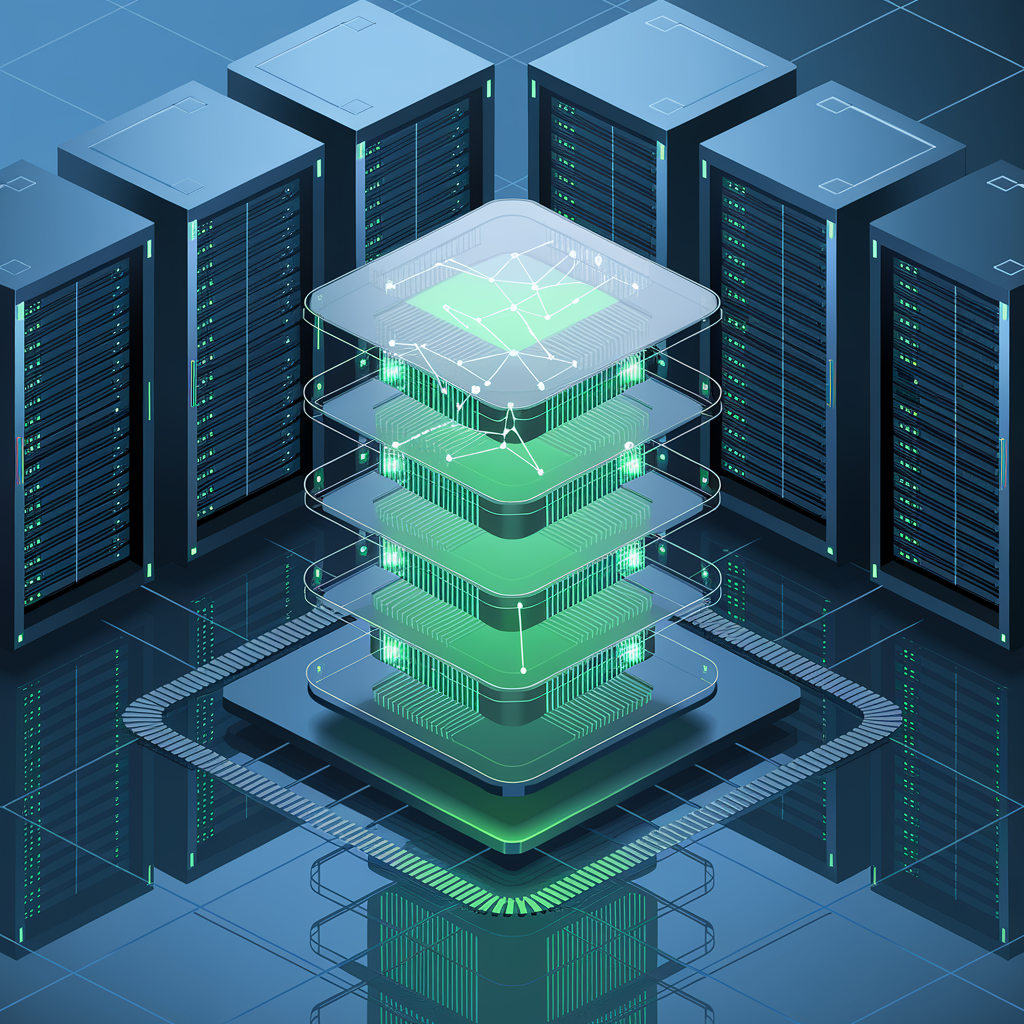
The Advancements and Challenges of Artificial Intelligence in Business
The rapid progress in artificial intelligence (AI) has led to the creation of sophisticated models that can understand and generate human-like text. However, implementing these large language models (LLMs) in practical applications poses significant challenges, particularly in optimizing performance and managing computational resources effectively.
Challenges in Scaling AI Reasoning Models
As AI models become more complex, their deployment requirements increase, especially during the inference phase, where models generate outputs based on new data. The main challenges include:
- Resource Allocation: Balancing computational loads across extensive GPU clusters is complicated and can lead to bottlenecks and underutilization.
- Latency Reduction: Quick response times are essential for user satisfaction, necessitating low-latency inference processes.
- Cost Management: The high computational demands of LLMs can lead to rising operational costs, making cost-effective solutions crucial.
Introducing NVIDIA Dynamo
To address these challenges, NVIDIA has launched Dynamo, an open-source inference library designed to enhance the efficiency and cost-effectiveness of AI reasoning models. Dynamo serves as the successor to the NVIDIA Triton Inference Server.
Technical Innovations and Benefits
Dynamo incorporates several key innovations that collectively improve inference performance:
- Disaggregated Serving: This method separates the context (prefill) and generation (decode) phases of LLM inference, allowing each phase to be optimized independently. This enhances resource utilization and increases the number of inference requests handled per GPU.
- GPU Resource Planner: Dynamo’s planning engine dynamically adjusts GPU allocation based on user demand, preventing over- or under-provisioning and ensuring optimal performance.
- Smart Router: This component efficiently directs incoming inference requests across large GPU fleets, minimizing costly recomputations by utilizing knowledge from previous requests.
- Low-Latency Communication Library (NIXL): NIXL accelerates data transfer between GPUs and various memory and storage types, reducing inference response times.
- KV Cache Manager: By offloading less frequently accessed inference data to more cost-effective storage solutions, Dynamo lowers overall inference costs without compromising user experience.
Performance Insights
The impact of Dynamo on inference performance is significant. For instance, when serving the open-source DeepSeek-R1 671B reasoning model on NVIDIA GB200 NVL72, Dynamo increased throughput—measured in tokens per second per GPU—by up to 30 times. Additionally, serving the Llama 70B model on NVIDIA Hopper demonstrated similar enhancements.
These improvements enable AI service providers to handle more inference requests per GPU, accelerate response times, and reduce operational costs, thereby maximizing returns on their computational investments.
Conclusion
NVIDIA Dynamo marks a major advancement in deploying AI reasoning models, effectively addressing critical challenges related to scaling, efficiency, and cost management. Its open-source nature and compatibility with leading AI inference backends, including PyTorch and NVIDIA TensorRT, make it a valuable tool for businesses looking to leverage AI technology.
Explore how AI can transform your business processes by identifying areas for automation, measuring key performance indicators (KPIs), and selecting customizable tools that align with your objectives. Start with small projects to gather data on effectiveness before expanding your AI initiatives.
If you require assistance in managing AI in your business, feel free to reach out at hello@itinai.ru or connect with us on Telegram, X, and LinkedIn.

























